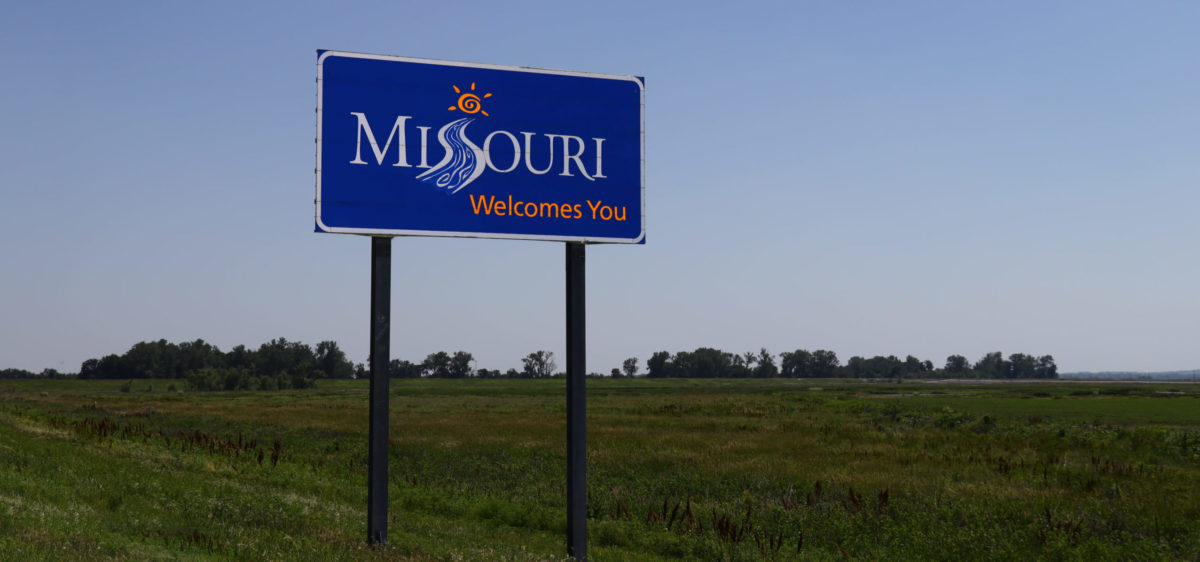The hemp-derived CBD market could be worth $23 billion by 2023, which works out to about $40,000 per acre at the farm level, according to a Brightfield Group report outlined by Successful Farming. In the Hemp Cultivation Landscape study, analysts estimate that 285,000 acres of industrial hemp was cultivated in the U.S. this year — an increase of 72 percent from last year.
The report suggests that about 87 percent of hemp acreage will be used for CBD processing this year, while they expect that share to drop to 82 percent by 2023. In all, the researchers anticipate 2.7 million planted acres of hemp by 2023.
Researchers found that Colorado is growing the most hemp in the U.S. with an estimated 42,500 acres. Colorado is followed followed by Oregon (29,859), Montana (29,400), Tennessee (20,000), and Arizona (18,000). By 2023, the report maintains Colorado and Oregon in the top spots, with an estimated 313,059 acres and 275,357 acres, respectively. California would rank third (252,487), followed by Arizona (243,786) and Tennessee (243,786).
The report also found that farmers are spending, on average, $300 to $350 per acre for fertilizer but that some farmers are spending as little as $85 while others spent up to $1,000. The report notes that some farmers do not believe fertilizer is necessary for hemp cultivation.
The analysis points to four risks for hemp cultivation: difficulty finding clones or feminized seeds, the lack of processing equipment causing it to be a labor intensive crop, lack of traditional markets, and cross-pollination and pollen drift issues.
Medical Disclaimer:
The information provided in these blog posts is intended for general informational and educational purposes only. It is not a substitute for professional medical advice, diagnosis, or treatment. Always seek the advice of your physician or other qualified healthcare provider with any questions you may have regarding a medical condition. The use of any information provided in these blog posts is solely at your own risk. The authors and the website do not recommend or endorse any specific products, treatments, or procedures mentioned. Reliance on any information in these blog posts is solely at your own discretion.






